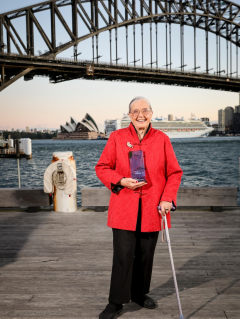Ever since the 2004 Indian Ocean tsunami completely levelled Rajaprajanugroh 35 School in Phangnga’s Takua Pa district, students and teachers at the school have been preparing themselves for future disasters.
Prach Sawangpong, a teacher at Rajaprajanugroh 35 School who is the boarding school’s emergency response coordinator, said the school’s staff and students were lucky that the tsunami struck on Dec 26, 2004 — which happened to be a Sunday — so the school’s grounds were mostly empty.
Located by Bang Sak Beach, the school is only separated from the sea by Highway 4. When the waves struck, the only thing left standing was the flagpole, he said.
“[Because of the tsunami,] we had to transfer not just all 800 students to other schools in Krabi, Surat Thani and Nakhon Si Thammarat, but also our teachers, so studies could continue while the school was rebuilt,” he said.
The new school was completed in March 2005. Though it was rebuilt in the same location, a few changes were made to help ensure student and staff safety in case another tsunami strikes.
Students’ dorms are now located on the top floor of one school building, while the building which houses classrooms is now located on higher ground — above the maximum height of the tsunami waves that struck in 2004, he said. The area where the original building stood, meanwhile, has been turned into a football pitch.
Prach: Setting a good example
Rajaprajanugroh 35 School is one of 240 schools which took part in the Strong Schools project. Organised by the United Nations Development Programme (UNDP) in collaboration with the Department of Disaster Prevention and Mitigation, the Office of Basic Education and the Thai Red Cross, the programme sought to help schools develop their own emergency responses.
In addition to mak
Read More





